In 2024, global nuclear reactors generated 2,667 TWh of electricity, surpassing the previous record of 2,660 TWh set in 2006 (World Nuclear Performance Report 2025). This achievement reflects decades of steady advancement in nuclear technology and operations.
After the expansion boom of the 1970s–80s and the slowdown following the Fukushima accident, nuclear power is now making a strong comeback, reaffirming its role as a cornerstone of global energy security and decarbonization.
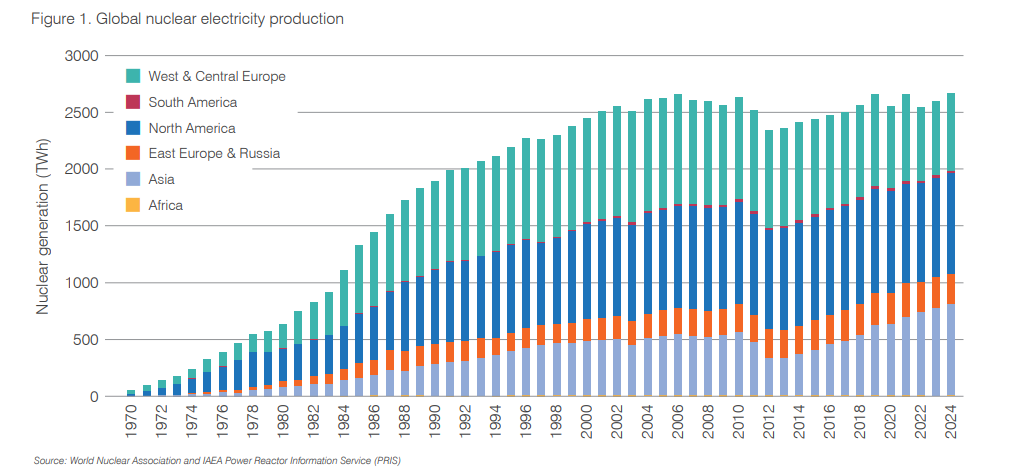
(Image: World Nuclear Association)
The global average nuclear capacity factor reached 83% in 2024—the highest among all power sources. In the US, reactors achieved an impressive 92% average.
This performance is driven by improvements in predictive maintenance, AI-based grid optimization, and more efficient fuel use. Even reactors over 40 years old continue to operate at high output, demonstrating the long-term asset value of nuclear facilities.
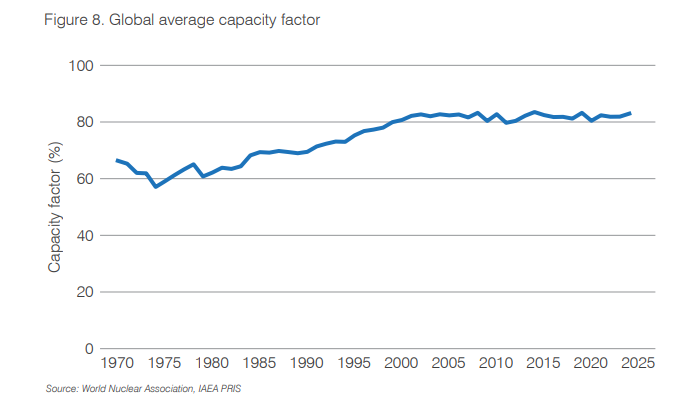
(Image: World Nuclear Association)
United States: Remains the largest nuclear producer, generating nearly one-third of global nuclear electricity.
France: Despite temporary outages for maintenance, nuclear still accounted for 65% of its power generation.
China: The fastest-growing nuclear nation, operating 58 reactors by the end of 2024 with 60.9 GW capacity and 450 TWh production, poised to surpass France in 2025.
Emerging Markets: Turkey, UAE, and Bangladesh are bringing first units online, showing that nuclear power is no longer confined to traditional industrial economies.
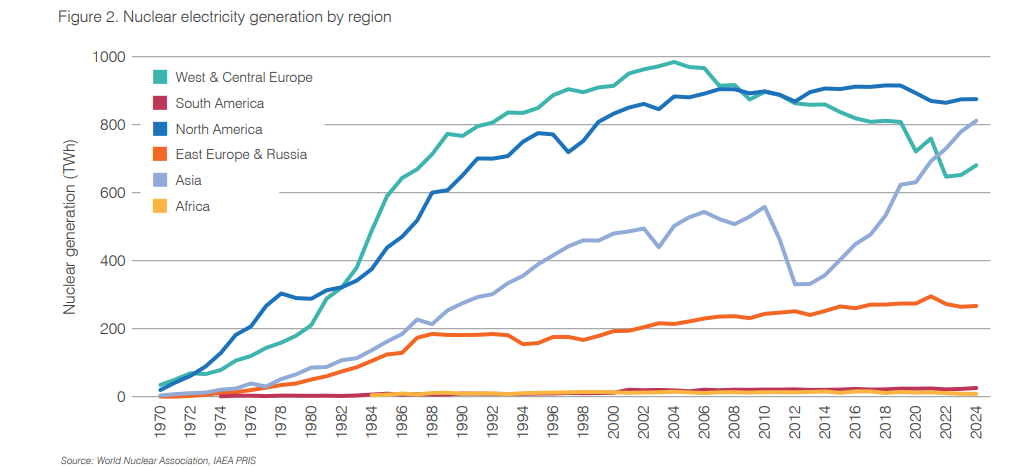
(Image: World Nuclear Association)
Supportive policies worldwide have accelerated nuclear momentum:
EU: Classified nuclear as “green” under its taxonomy, enabling favorable financing.
US: The Inflation Reduction Act (IRA) introduced subsidies for nuclear lifetime extensions.
China: Aims to double nuclear capacity by 2035, advancing indigenous technologies such as Hualong One.
Global Trend: Growing emphasis on Small Modular Reactors (SMRs) for flexible deployment, industrial heat, and regional energy needs.
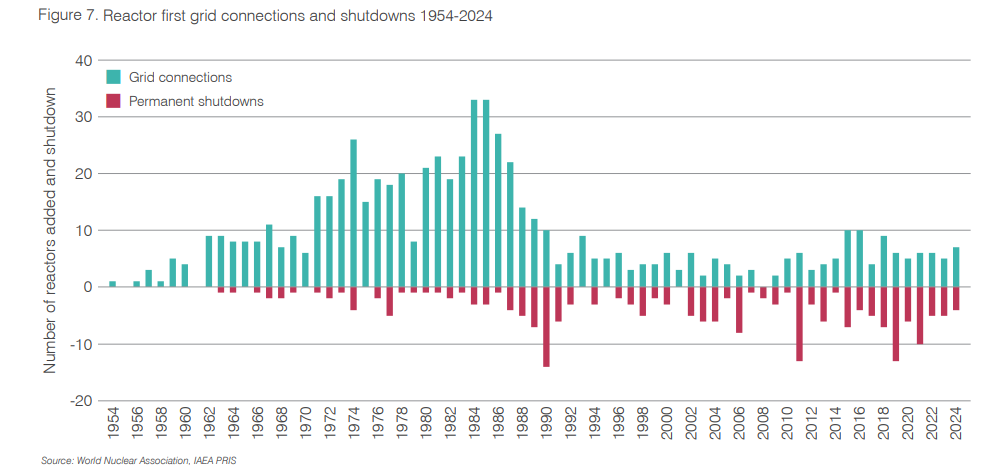
(Image: World Nuclear Association)
Opportunities:
Nuclear’s essential role in deep decarbonization and ensuring reliable clean energy.
New markets for SMRs and advanced designs such as high-temperature gas-cooled reactors and fast neutron systems.
Challenges:
Cost and delays: Large projects still face budget overruns and extended construction timelines.
Fuel security: Uranium supply constraints and concentration of fuel cycle services pose risks.
Public perception: Although attitudes are softening under the climate crisis, memories of past accidents still influence national policies.
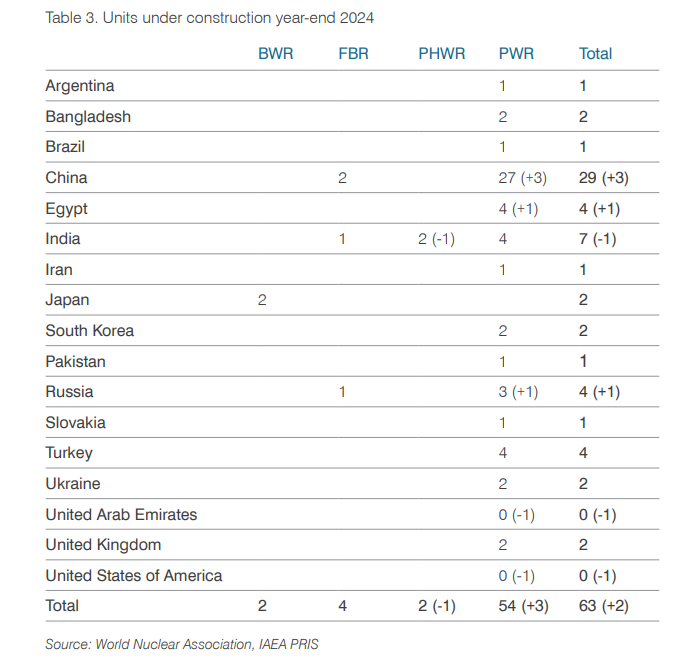
(Image: World Nuclear Association)
2025 may mark the beginning of the “third nuclear era.” Nuclear energy is not only about electricity—it is becoming a central pillar of global energy strategy and climate action.
The nuclear revival symbolizes a profound restructuring of the world’s energy system. Balancing rapid deployment with cost control, supply security, and public trust will define the path forward in the coming decade.